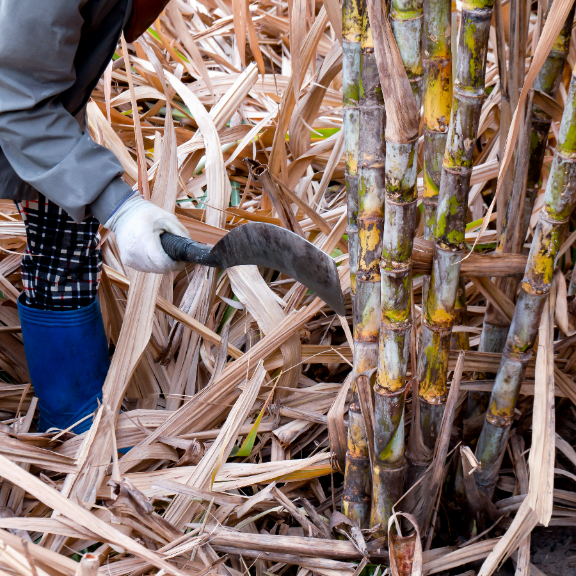Harvesting Sugarcane
Harvesting sugarcane is a critical juncture in the cultivation cycle, marking the culmination of months of careful planning and meticulous care. The timing and method of harvesting significantly impact the quantity and quality of the final sugar yield. Here's a detailed guide to navigate the complexities of sugarcane harvesting and ensure a bountiful and sweet outcome:
**1. Determining Maturity: Harvesting at the right maturity stage is paramount for optimal sugar content. Sugarcane is typically ready for harvest when it reaches 12 to 18 months of age. Visual cues such as the change in cane color, presence of a well-developed canopy, and the firmness of the stalks are indicators of maturity.
**2. Choosing the Right Time: Harvesting is often done during the dry season when the sucrose content is higher. Rain during harvest can lead to delays, complicate field operations, and reduce sugar quality. Choosing a window of dry weather ensures efficient harvesting and better-quality sugarcane.
**3. Manual vs. Mechanical Harvesting: The choice between manual and mechanical harvesting depends on the scale of cultivation and available resources. Manual harvesting involves skilled laborers cutting cane with machetes or specialized knives. Mechanical harvesters are more efficient for large-scale operations, cutting and loading sugarcane simultaneously.
**4. Harvesting Equipment: For manual harvesting, workers typically use machetes or cane knives. Mechanical harvesters are equipped with rotating blades that cut and collect the sugarcane. The choice of equipment depends on factors such as field size, labor availability, and the level of mechanization.
**5. Cleaning and De-Trashing: Before harvesting, it's crucial to remove trash and debris from the field. This not only facilitates smoother harvesting operations but also improves the quality of the harvested cane. Mechanical de-trashing equipment or manual methods can be employed based on the scale of cultivation.
**6. Harvesting Techniques: During manual harvesting, workers cut sugarcane stalks at a 45-degree angle, leaving a portion of the stalk (stub) to facilitate regrowth. Mechanical harvesters cut the stalk close to the ground. Efficient harvesting techniques aim to maximize yield, minimize losses, and ensure that the harvested sugarcane is of optimal quality.
**7. Transportation: Once harvested, sugarcane needs to be transported to the processing facility promptly. Efficient transportation methods, such as trucks or trailers, help minimize deterioration and preserve the sugar content. Proper loading and unloading procedures prevent damage to the harvested cane.
**8. Field-to-Factory Timing: Time is of the essence in sugarcane harvesting. The harvested cane should ideally reach the processing facility within 24 hours to maintain sugar quality. Prolonged delays can lead to sucrose inversion, reducing the sugar content and impacting the overall quality of the final product.
**9. Post-Harvest Field Management: After harvesting, consider post-harvest field management practices. This may include plowing the field to prepare for the next planting, implementing cover crops to prevent soil erosion, or incorporating organic matter to enhance soil fertility.
**10. Quality Control Measures: Implement quality control measures during and after harvesting. Regularly monitor the sugar content of harvested cane using refractometers or Brix meters. Conduct periodic checks for impurities or damaged cane to maintain the integrity of the final sugar product.
**11. Training and Safety Measures: For manual harvesting, ensure that workers are trained in proper cutting techniques and safety measures. Mechanical harvesting operators should be familiar with equipment operation and safety protocols. Training programs contribute to efficient and safe harvesting operations.

